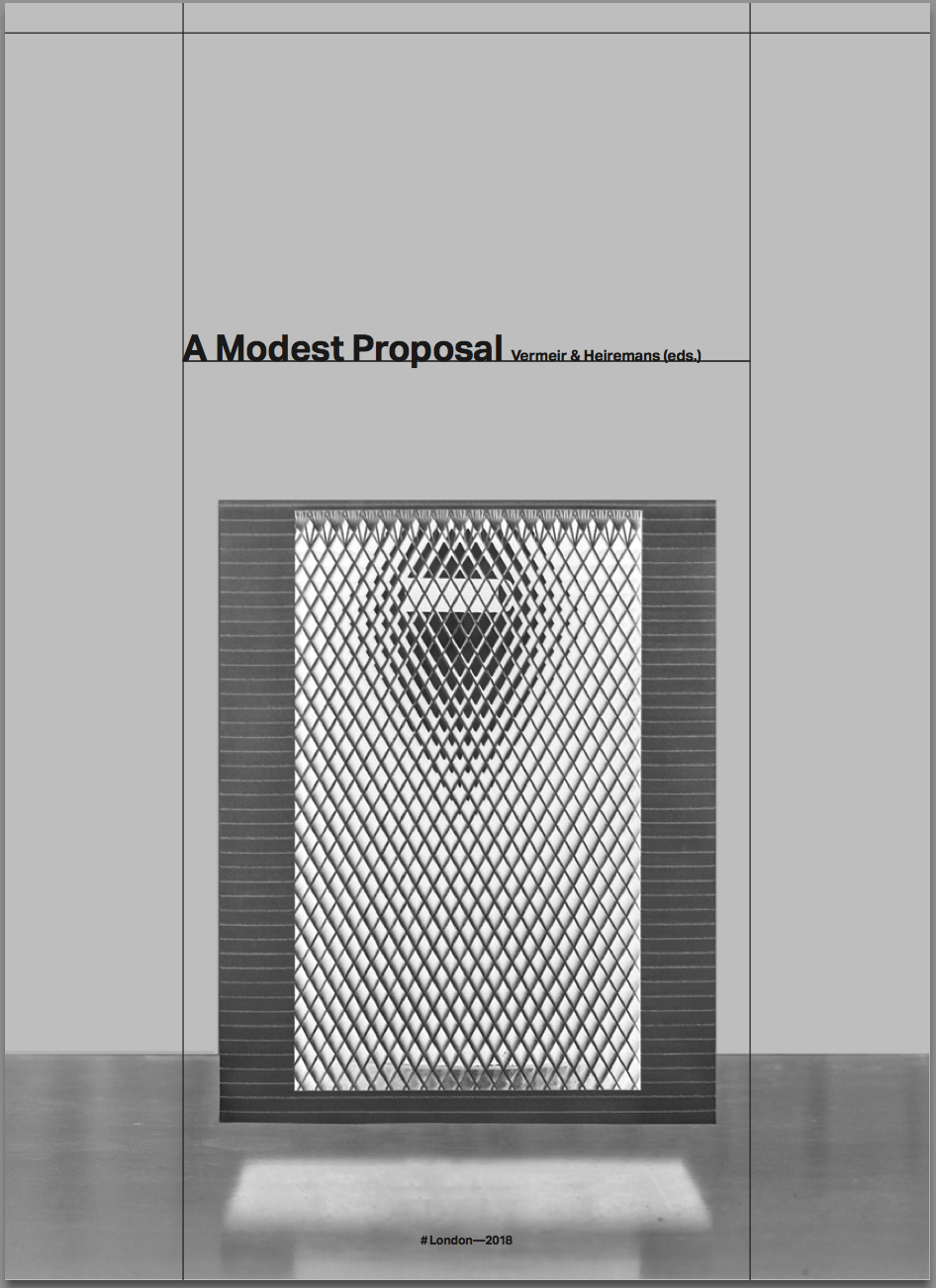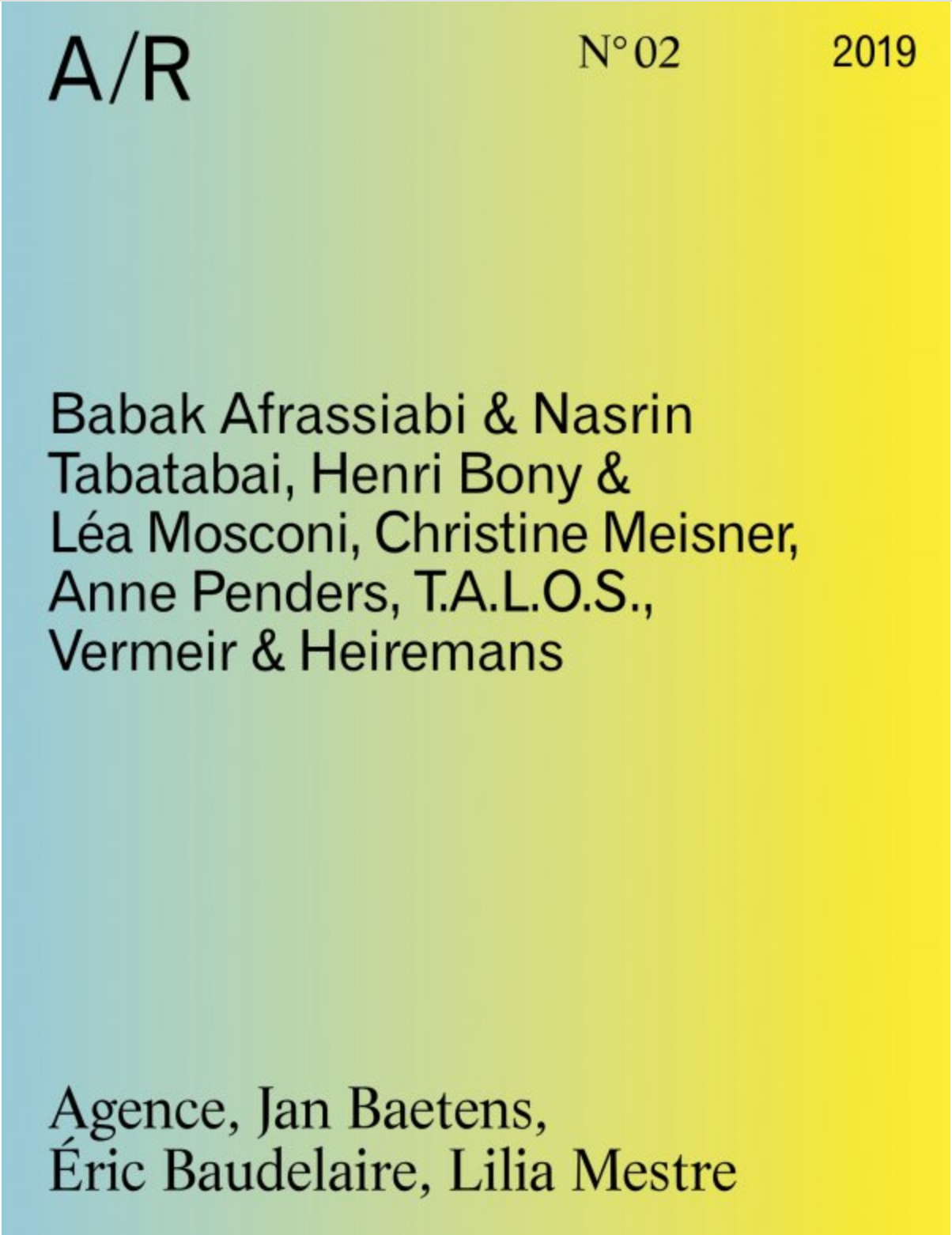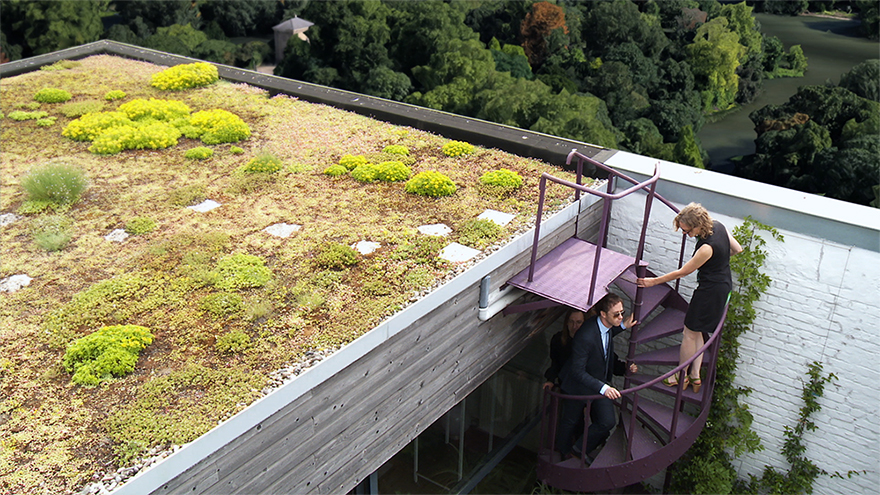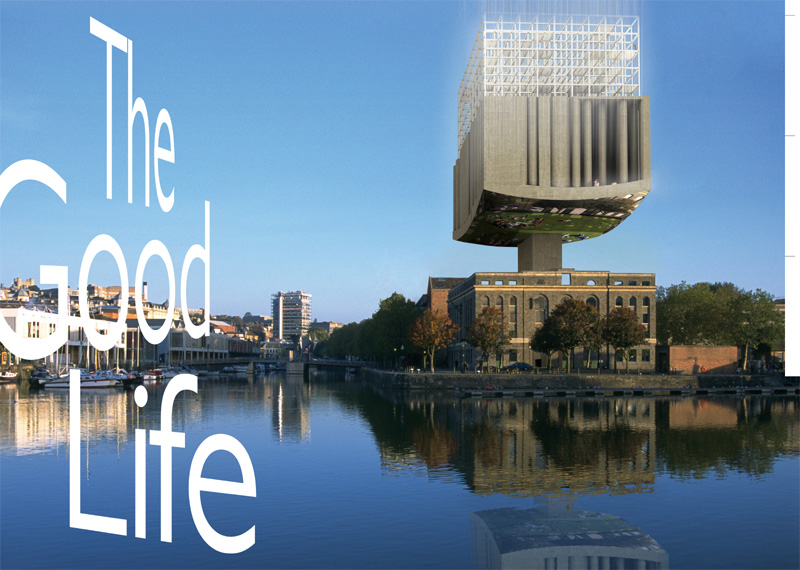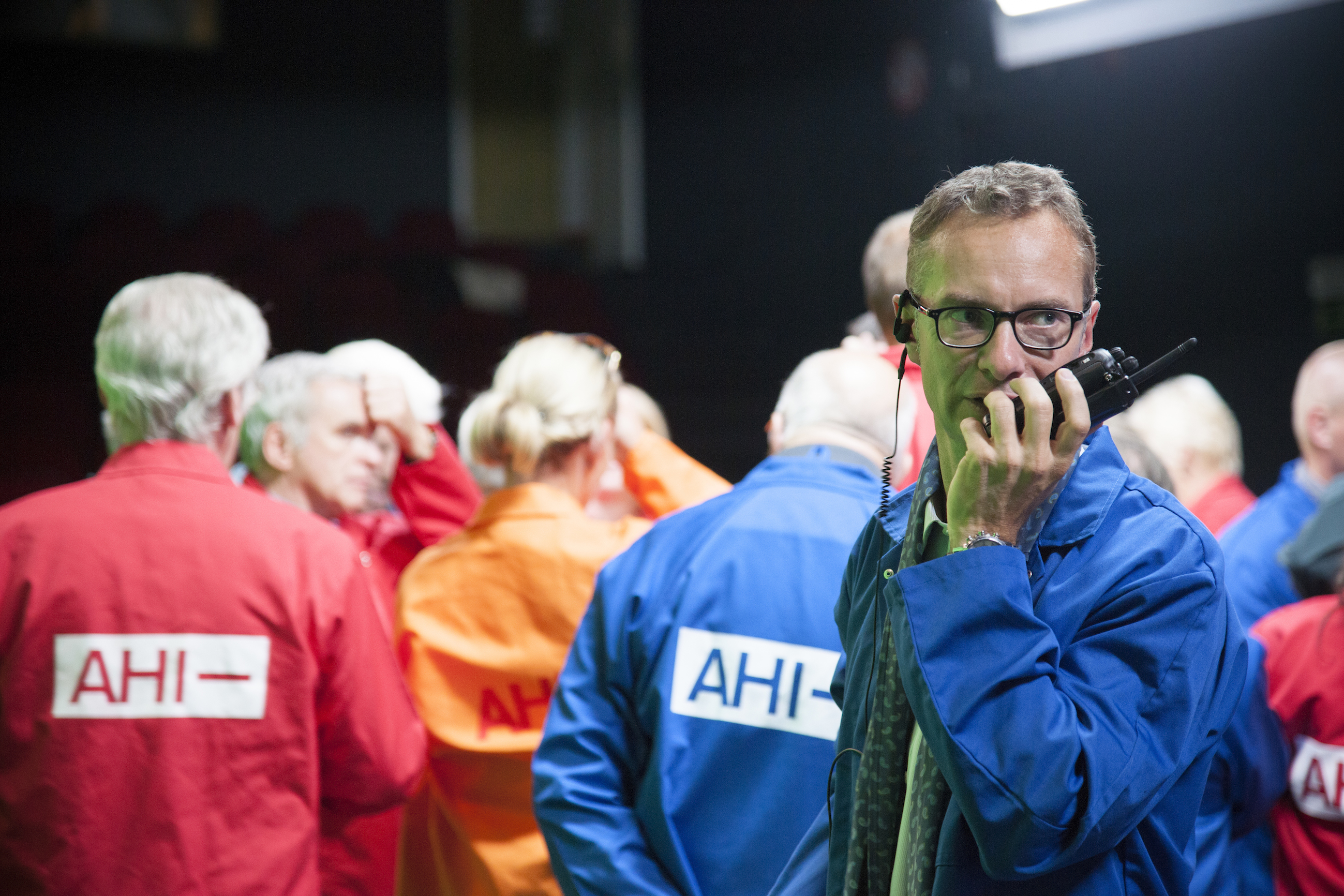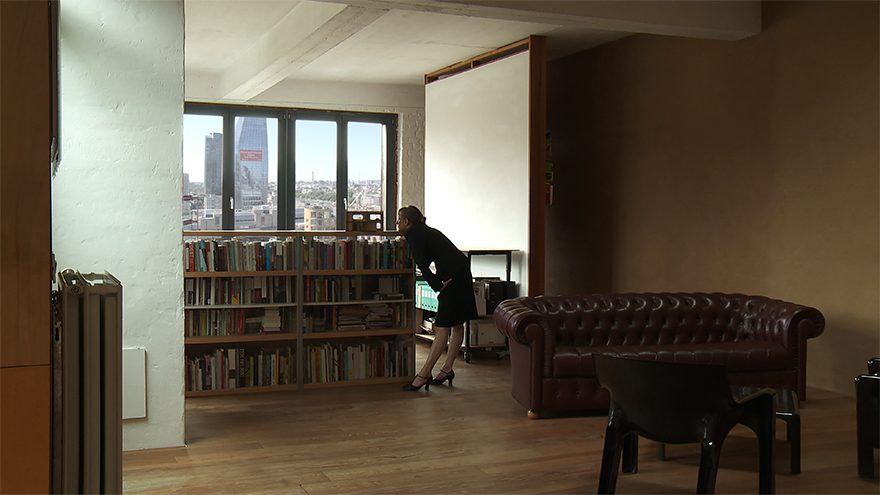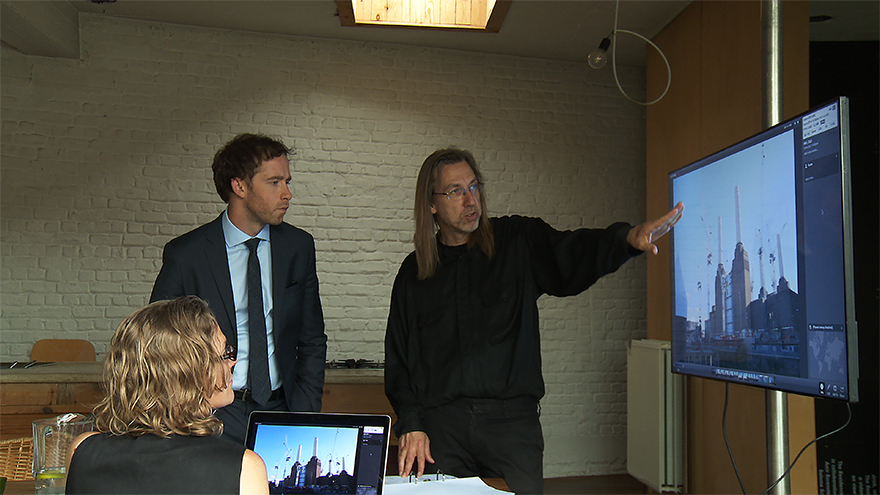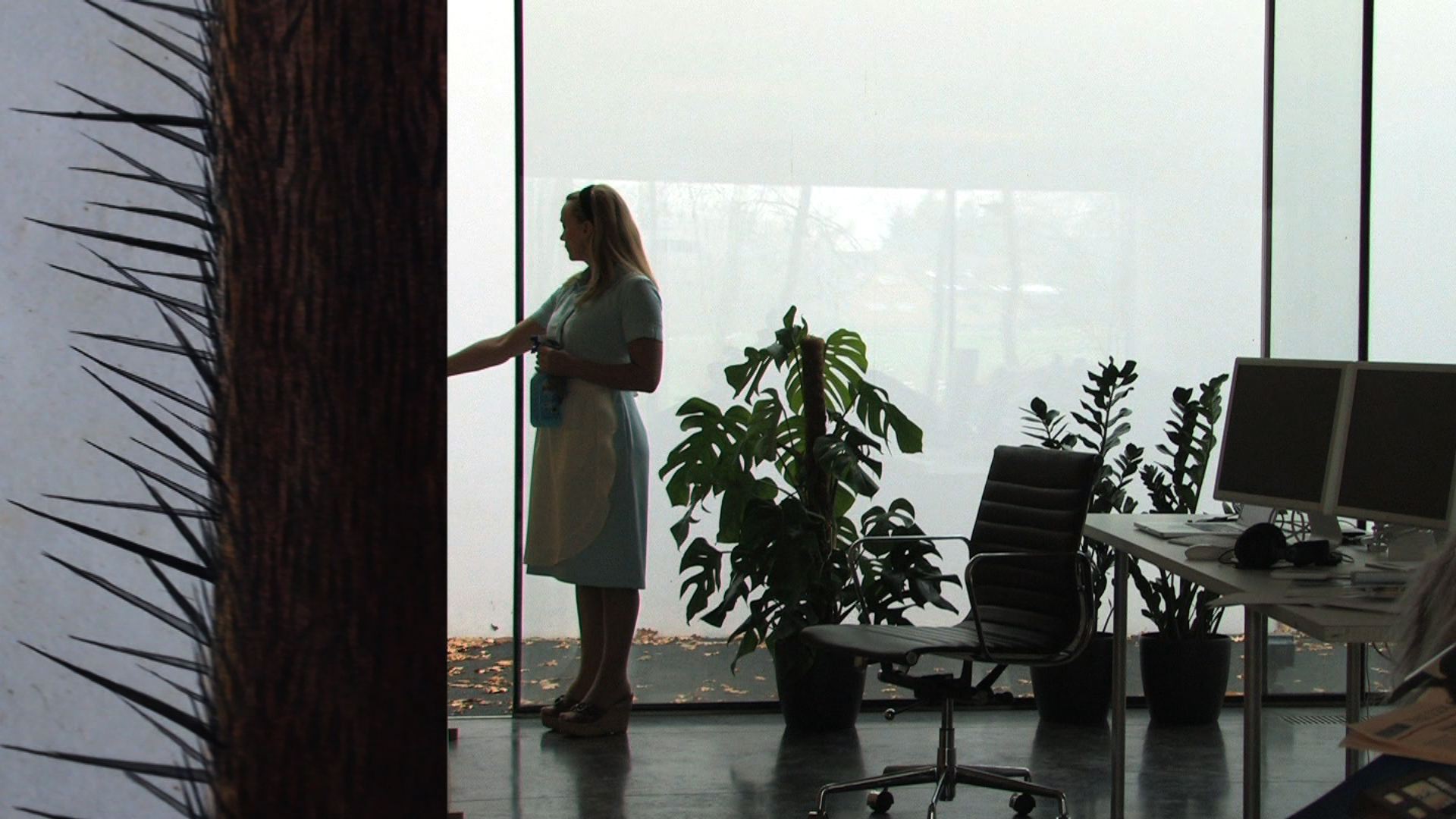Server: Apache/2.0.54 (Debian GNU/Linux) PHP/4.3.10-18
Content-Length: 1742
Connection: Keep-Alive
200 OK
Public Space as Cultural Capital, lecture by Andrea Phillips on the 13th Istanbul Biennial
HARVARD ART AND DESIGN IN/FOR THE PUBLIC REALM
PUBLICS AS CULTURAL CAPITAL
Whilst other realms of social and material production reinvent themselves and their relationships with their user-clients, the domains of art and architecture (with notable but rare exceptions) retain the concept of the public (a body of people) and the public realm (a physical or virtual space which those people use) as an idealized and constitutional entity. The reasons for this are historic, wrapped up with the very performative and representational ideals of visual cultures.
Even the most radically transformed relation between product and recipient in contemporary art is dependent on a public – of viewers, of participants, of witnesses. This functions as a hegemony in the public sphere, with even the most critically designed works caught in a circuit of public perpetuation. Art makes publics: we need to think about why this happens, if we want it to happen, and what the alternatives may be if we don’t want it to happen.
This talk will cover questions of the public realm and our right to/desire to imagine and act within it;
Questions I’d like to consider and discuss with you:
What is the public in a contemporary context?
How has it been constructed historically and what is the relevance for us of its geopolitics?
How have recent events (from Tahrir Square through Occupy and Wikileaks to Taksim Square) affected the ways we think about being public, making things public and, as practitioners and theorists of architecture and art, locating things in the public realm?
What are the challenges to publics now?
Do we want to sustain the term, reinvent it for a new politics of emancipatory collective action or has the term been surpassed?
What happens when the public says ‘no’: that they don’t want what you re giving, that they reject your gift?
In the public programme of the Istanbul Biennial, Fulya Erdemci and I tried to grapple with – and stage – some of these contradictions. Doing so as part of a global art event with its high profile participation in the branding of cities, the making of cultural capital, the direct and indirect monetization of civic wealth, became extremely problematic. We found ourselves with a gift thrown back.
Rethinking publicness in Istanbul
The public programme of the 13th Istanbul Biennial examines the ways in which publicness can be reclaimed as an artistic and political tool in the context of global financial imperialism and local social fracture. From February to November 2013, a series of lectures, workshops, seminars, performances and poetry readings will examine how a political, poetic alchemy is at work, both in Turkey and across the world, in which conventional concepts of ‘the public’ are being transformed.
Today, the idea of ‘the public’ provokes extreme reactions, reactions that are weighted by religious, fiscal, governmental and geographical differences. Some see the public as a homogenizing and ideological machine, made up of supplicant and unified bodies, invented to aid categorization and containment, a tool used by the powerful upon the weak. Others assert their role as part of a public as a right of citizenship, a spectacular affront to autocratic legislation and a forceful tool of dissent. Both these perspectives are haunted by the potent image, historical and contemporary, circulated in ever-faster cycles of virtualisation, of bodies acting together to claim space – citizens choosing to be part of the count for or against a cause or a right; jubilant, frightened, heroic and political subjects the fate of which is so often either co-option or violent repression – civilization or barbarity. What are the alternative ways of thinking and being publics? How are these questions particular in the context of Istanbul?
An alternative version of publicness can be read between the lines and in the actions of some contemporary artistic, philosophical and political practices. Here a monolithic understanding of the public is replaced with the assertion of a variously scattered, singularized and networked subject who is inventive and flexible, sensuous and performative, a public subject that appears and disappears strategically, virtually. This public might be epitomized in the activities of the digital creative commons or, more precariously, as the set of subjects that came together in various western cities as the Occupy movement. Whilst these examples seek to either reject or experiment with the spatial and social binaries of public and private, actor and audience, author and recipient in the same way that many artists and curatorial projects do, they also put in place a model of the public with a commonality so flexible that it is uncoupled from history, and often in danger of reproducing the very values of sinuous capitalisation that it attempts to evade.
Whilst such temporary social and subjective engagements express a potent alternative to governmentalized public intervention in many forms, they often fail to grasp the real issues at stake – and the duration of investment needed – for sustainable change. When good-willed interventions ‘into’ the public domain by artists, architects, urban planners and politicians are so often quickly capitalized (a fact very evident in Istanbul), how do we rethink our public relations – relations of subjects, between subjects, in the spaces we need to learn to share, and with the methods of co-production that we need to learn?
Publics are not already there, whole, waiting quiescently in the spaces allocated to them, for instance in the city or town square, ready to act in unison in the name of predetermined legislature. Instead, publics are made of matters of our subjective, political demands. Isabelle Stengers and Philippe Pagnarre have written about the sorcery of capital. They describe the magical power of financialisation in which profit, that most immaterial of substances, is materialized in frighteningly sophisticated, creative and inventive forms. We can see this at work in Istanbul in the sudden transformation of the street, in the miraculous appearance of a new bridge here, a new shopping mall there. But Stengers and Pagnarre turn this financial alchemy on its head by reclaiming witchcraft, with its collective, gendered, ostracized and often anonymised histories, as a form of anti-capitalism. Can we begin to discuss, and practice, a similar alchemy in terms of publicness, where the base material and ordinary knowledge of the public is used in its transformative capacity? One that allows us to reclaim our own sense of publicness rather than have behavior imposed upon us, to inhabit the city without discomfort or compromise, to assert our values without fear of reprehension?
On the basis of this rhetoric we organized 5 series of events inviting Turkish and international experts to discuss these ideas. They started in February with a focus on the right to the city (Lefebvre) then proceeded with discussions of freedom of speech, the capitalization of public space, the concept of public subjectivity and the potential for new collective publics. But our progamme was protested by activist from the beginning (even from the press conference in January 2013). The protests were so effective that we had to close down and relocate many of the events, and others lead to extreme action from many sides, including the biennial which issued aggressive statements about the protestors. This was the forceful rejection on the part of activists, of the ability and motivation of a Biennial to participate in discussions about violent urban transformation. It came just before the momentous events of Gezi Park and Taksim Square protests that started at the end of May.
1. PERFORMANCE: VERMEIR & HEIREMANS, TAKSIM MAMARA HOTEL, MAY 2013
What are the contradictions that emerge when a Biennial (or any large-scale high profile art event) attempts to speak for or on behalf of a denoted public? I’ll try to answer this question with an example of one of the protests we encountered.
In early May 2013 we commissioned the artist duo Vermeir & Hieremans to make a new work as part of the Biennial public programme. The work was staged in the conference suite of the Mamara Hotel, Taksim Square. The work, titled Art House Index, was a complex and cleverly staged discourse on the modes of financial speculation embedded within contemporary art’s global economy and the mechanisms of reputational and thus fiscal accumulation therein. The artists, Katleen Vermeir and Ronny Hieremans, had modeled a fictitious derivative for potential investment, an ‘art house’ based on their own penthouse apartment in Brussels but able to be virtually rendered in any shape and form at creative global reach in the manner befitting an index (a flexible measurement of stock). The script of the performance, based on the duo’s in-depth research into art and other market mechanisms, was intended to draw its audience’s attention to the links between art and property investment, and the proliferation of global mega-exhibitions and museum and gallery development, a fact very much in evidence in contemporary Istanbul. The choice of site, the business suite of a global brand hotel at the centre of Istanbul’s European quarter on a historically significant and soon to be occupied city square, was a symbolic choice. The audience was ushered into the basement suite and seated on either side of the conference room behind tables with writing pads, pencils and water bottles. The artists, at one end of the room, introduced themselves as the product ‘Vermeir & Hieremans’ image then proceeded to dialogue in seeming real time with a skyped-in investment expert, ‘Frank Goodman’, whose image was projected at the other end of the room.
After about ten minutes of the performance, a member of the audience stood up, walked into the centre of the room, unfurled a white flag upon which the logo of the Biennial’s major sponsorship partner was printed along with the name of an Istanbul neighbourhood threatened with destruction due to the city’s rapid and violent gentrification and lay down with the flag covering his body. The act was carried out silently. After a minute, several technicians who had been standing at the side of the room came into the centre and picked up the body and carried it outside. Vermeir & Hieremans, who had paused while this was going on, looked confused, then resumed their performance. After another few minutes, another member of the audience stood up and took the same action, lying in the centre, this time with a different neighbourhood’s name imprinted on the flag. This continued for some time until a large group of the audience stood and walked out of the event.
Whilst a number of people in the audience thought for a while, even throughout, that these interventions were staged by the artists themselves, it became clear to most viewers almost immediately that the people lying under the flags were enacting a protest against urban gentrification and, due to the presence of the sponsorship logo, the point they wanted to make was that the Biennial was part of the problem in a number of ways (for accepting sponsorship from an organisation involved in the gentrification process and for being a major element in Istanbul’s burgeoning cultural economy). Given the ambiguity of the Vermeer & Hieremans’ performance itself, with its careful filming of and interaction with the character ‘Frank Goodman’ to an extent whereby many members of the audience presumed for the first few minutes of his appearance that he too was ‘live’, this slippage between accounts of commissioned and uncommissioned, sanctioned and unsanctioned performance is unsurprising – indeed it was staged in a way that proposes a certain productive ambiguity. Further, the fact that the performance was a clear critique of the link between property and art market booms in cities such as Istanbul bore a close resemblance to that which the symbolic protest drew attention. Yet the protest was made in antagonism to the presence of the Biennial in the city, and followed on from a series of protests, all strategically managed and executed, that had grown in strength across the events of the public programme as they had taken place since February 2013.
For me complex layers of questions emerge around the publicness of bodies, the relationship between audiences and dominant theoretical and artistic-curatorial narratives, the relationship between speaking and listening as it impacts on the idea of a public programme per se, and these things in the context of the construction of a particular and still-dominant concept of the public and the public sphere upheld in and through contemporary art practice in its institutional forms. It occurs to me more and more frequently that the idea of a public programme typifies a certain type of aesthetic and political making within the sphere of recent and contemporary art wherein the usually unwitting and more or less well-meaning ethos of the programmer dictates a benign hierarchy of subjective and social power over the programmed, that is, ‘the public’. Since most biennials, museums, public and increasingly private galleries now have regular public programmes, often aligned to charitable and educational imperatives, themed around the artworks on display and offering a translational or discursive approach to engagement, a contradiction is regularly repeated between the regulated bodies of those that constitute art’s public (with which it could not do without constitutionally in its normative form) and those same bodies’ desire to learn about, engage with and discuss art and ideas. This contradiction is of course not simply evident in the assemblage of art publics – it is historically formatted via a complex of institutions including the religious, educational and governmental. But in contemporary art we have a prime condensation of it. This not withstanding the history of critique within the institutional and academic art milieu itself on this subject, much of which is an introjection into, and a production of, engagements with the curatorial at the level of the same environment of public discourse. Can those of us involved in various ways in the making of publics and the being of publics in art imagine ourselves far enough away from these formats to practice alternatives?
Some of these questions had already emerged for Fulya Erdemci and I as we developed the public programme, and as it was protested. Indeed its theme was ‘public alchemy’, relating directly to Fulya’s thematic approach to the Biennial as a whole, and consisting of a series of talks, performances, panel discussions and workshops on the idea of public transformation. Here, like with the antagonistic but shared political concern of the performance and protest described above, was a broader set of slippages or missed connections – between the ideas of public transformation suggested by a biennial and the hypocrisy of this articulated by its protest. Around two weeks after Vermeir & Hiereman’s performance, Turkish police began the aggressive clearance of protestors in Gezi Park, just across the square from the Taksim Mamara.
––––––––––––
The concept of a public programme symptomatises a contradiction inherent in contemporary artistic and curatorial production in that on the one hand it speaks to a broad desire to open up and discuss ideas and contexts of the cultural milieu (replete with all its problematics) and on the other it physically and semantically refranchises the basic division between the makers and recipients of intellectual production. In this way it performs a function half way between two fictions; the first a fiction of egalitarian discursivity, the second a fiction of art’s cultivating civic function.
Over the last two decades there has been increasing academic and artistic criticism of the ways in which the juridical spatialisation of the public has been taken up, much centering on perceived problems of Jurgen Habermas’ 1962 publication The Structural Transformation of the Public Sphere. Many artistic and curatorial projects, exhibitions and biennials have attempted to reorganise the ways in which art’s relation to publics and counter-discourses of and actions in the public domain is directed and understood. High-profile and mainstream examples of curatorial experiments in providing spaces for – and therefore making and debating – more productive public formats range from unitednationsplaza in Berlin in 2006-7, the European FormerWest project that started in 2008, various events organised by Creative Time here through the seventh Berlin Biennial in 2012 to the Hayward Gallery’s Wide Open School in London, 2012. Here there is often to be found a commitment to discussion, participation (however temporary), and involvement in the idea of interdisciplinary methods of social recalibration, at various distances from artistic production itself, though rarely any participation in decision-making or institutional shaping. There is a desire for an engaged public. But attendance to a body of people named the public by the institution, however enfranchised or redistributed, remains in place.
In the Marmara Hotel conference suite, a group of bodies came together in the name of a public politics and misrecognised each other. This misrecognition was profound and troubling for all involved – it had a violence to it that emanated from the anger and hatred of divided discourses and divided methodologies. Hierarchies of power were at once obvious and camouflaged; people were hurt – not physically (that was to come, through the tear gas and police batons that struck both sides as they came together to protest against the rendition of Gezi resistance) but psychically and politically. It is clear that many years – many biennials, many cycles of destructive gentrification – had built up to this point. But as these three groups of bodies performed – the artists, the protestors and the audience, each leaking into each other as each watched one another in turn – it became clear that the form of the public programme was the thing that was eradicating a space of understanding, a space of discussion. The managed, administered gift of debate, given in seeming freedom by those that wanted it in Istanbul that night (and on all the others) was being forcefully rejected. No matter that both sides were trying to imagine the same thing.
In the end, Fulya decided to withdraw work form the public realm in response to both the protests in Gezi park and the Biennial protests. She said: “I don’t want to legitimize the authorities who have silenced citizens’ voices, violently so, to realize a series of artworks,” … “My gesture of withdrawal shows this conflict clearly. By their absence I want people to hear the voices of the street.” But is this enough? Not according to the artist and protestor Ahmet Ogut:
“It is important to imagine, if we lose public and semipublic space, we lose everything. Artists give up their authorship when necessary, and it is the same for institutions. We need to find ways to get out of the art context, especially during historical moments like this. I don’t just mean anonymous, guerrilla-style projects. Artists often take those risks, step out of safe zones, and play around with permissions, regulations, and legal limitations. It’s time for the institutions to do the same, and to get more creative.”
Listen to the lecture here online:
